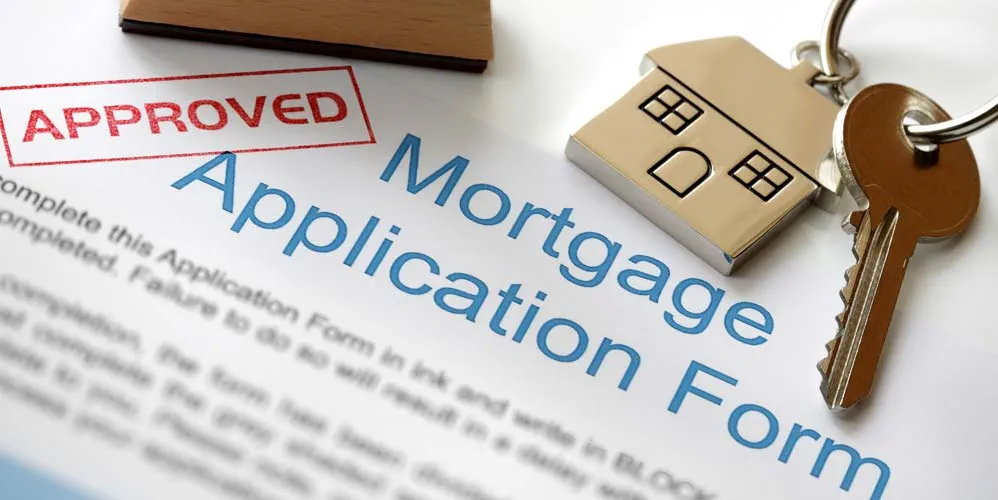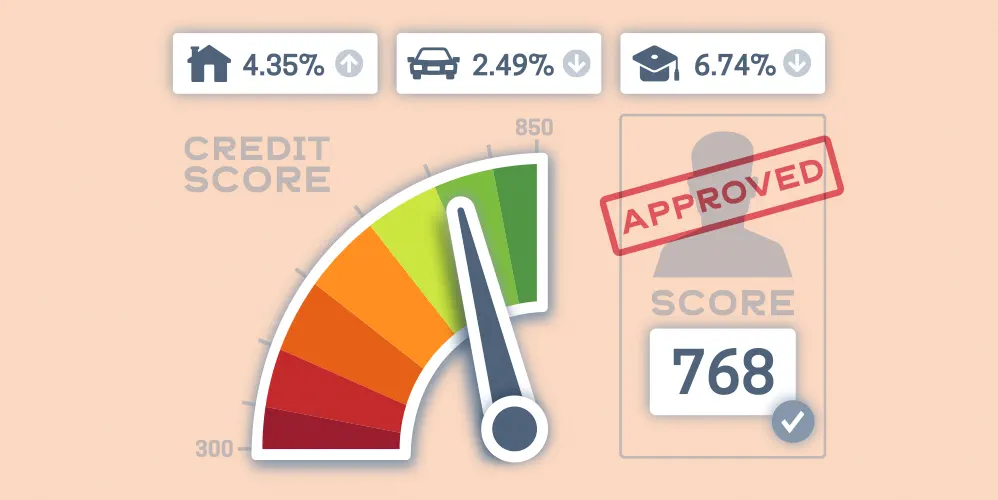
How Mortgage Loans Work?
01 Nov 2019

Home loan or Mortgage loans is without a doubt the longest loan a person takes in his lifetime. Most other loans like personal, education and automobile loans are of shorter duration but a home loan can last for as high as 30 years. It is thus very important to understand all aspects of this loan.
Whenever one buys a home, the lender will use the home as collateral against a possible default in the future. The term Mortgage means passing the Charge on the property to the lender as a security.
Home is one of the few assets whose price does not fluctuate as much as of other financial assets. In fact, in a growing economy, the price of the home moves higher gradually every year. Hence, in this case, banks are relatively assured of recovering their money in case of a default. In most cases, banks do not ask for any other security when they disburse Mortgage loans.
There are various components of a Mortgage loan. First, the maximum amount of loan that a lender disburses is restricted by regulators. Some lenders consider the taxes, statutory charges, and insurance under the total value on which loan can be available. A borrower will thus have to clarify with the lender on the total amount that will be considered for calculating the loan value.
The amount that the bank will disburse will be the amount on which it will be charging interest. The consumer will have to repay the loan amount plus the interest that is charged over the years.
The interest that is charged on the loan is floating. This interest is normally calculated on a reducing balance basis. In the initial years, the lender would take more as interest and less of capital from the equated monthly installments (EMI) as the loan amount outstanding is almost full in the initial years of loan.
Consider a person has taken a loan of Rs 50 lakh from a bank for a period of 25 years. His EMI would work out to be Rs 41,000. When this Rs 41,000 is deducted from the borrower on a monthly basis, in the initial years less than 10 percent of the amount is deducted from the –Principal of Rs 50 lakh. A major chunk of the interest that a borrower pays on his loan is deducted in the first half of the tenure.
It is thus advisable to repay part of the mortgage loan or foreclose it in the first half of the loan tenure if one can afford the same.
Every month the interest is charged on the reduced Principal that is left over from the previous month. In banking terms, the remaining Principal is called the outstanding loan amount.
In India, there are no charges applicable for foreclosing a home loan. In other loans pre-closing a loan carries a charge.
At the time of availing the loan lenders generally give an amortization sheet which clearly mentions the interest and principal that will be deducted every month for the entire tenure of the loan.
Popular Articles
Related Articles







Guide to Getting Agriculture Loan: Application, Eligibility & Required Documents



-
Disclaimer
The contents of this article/infographic/picture/video are meant solely for information purposes and do not necessarily reflect the views of Bank of Baroda. The contents are generic in nature and for informational purposes only. It is not a substitute for specific advice in your own circumstances. Bank of Baroda and/ or its Affiliates and its subsidiaries make no representation as to the accuracy; completeness or reliability of any information contained herein or otherwise provided and hereby disclaim any liability with regard to the same. The information is subject to updation, completion, revision, verification and amendment and the same may change materially. The information is not intended for distribution or use by any person in any jurisdiction where such distribution or use would be contrary to law or regulation or would subject Bank of Baroda or its affiliates to any licensing or registration requirements. Bank of Baroda shall not be responsible for any direct/indirect loss or liability incurred by the reader for taking any financial decisions based on the contents and information mentioned. Please consult your financial advisor before making any financial decision.
Home Loans for Women (Benefits)
All of us dream of become homeowners. It is a way of ensuring lifelong financial security; the kind that does not come from living in a rented home. But buying a home is a complicated process. Whether it is years of savings to be given as down payment, or finding the right locality to invest in; the process of buying a home is elaborate. And since property investments take a huge chunk of savings, most of us rely on home loans, which often last for over 2 decades. However, women borrowers have it a bit easy thanks to government home loan schemes for women. Let’s find out how women can benefit from home loans designed for them.
Reduced Rates of Interest
If you’ve ever purchased anything on a loan, you will know that even a point’s difference in interest rates can amount to a lot of savings. If your interest rate on the loan is high, you always end up paying more. In such a case, even a slight reduction in interest rates can make a lot of difference. This also affects your monthly EMI which is further reduced. Under the government scheme, home loan interest rates for women are reduced by 0.05% by most banks in the country. While this may seem like a small percentile, consider the following example:
Let’s say you take out a home loan of ₹50,00,000 form a bank for a tenure of 20 years. The bank offers an interest rate of 8.65% to its male borrowers and 8.60% to its female borrowers. In this case, the interest outflow for men is ₹55,28,083, but due to the reduced 0.05%, the interest outflow for women is ₹54,89,953. As a result, the savings in interest outflow for women borrowers’ accounts for ₹38,130.
Reduced Stamp Duty Charges
Stamp duty forms a part of the property cost, and the reduced interest rate can make a huge difference in reducing stamp duty charges too. Most lenders provide 80%-90% finance on home loans, with a set percentage of money paid in stamp duty char.ges. But as per the home loan subsidy for women, a concession of 1%-2% is typically applicable on stamp duty charges. If a woman purchases a property worth ₹50,00,000, she can save ₹50,000 to ₹1,00,000 on stamp duty charges alone.
Tax Benefits
Both, male and female borrowers are eligible for tax deduction on home loan repayments. The maximum tax deduction permitted in principal and interest repayments is ₹1,50,000 and ₹2,00,000 respectively. If a woman borrower applies for a home loan along with her husband, she can receive tax deduction in equal measures.
Longer Repayment Tenures
While male borrowers are typically provided with loan repayment tenures of 20 years and a maximum age of 65 years to repay the loan, whichever is early; home loans for women are offered for tenures of up to 30 years or up to 70 years of age of the borrower, whichever is early.
Keywords Used
Home loan for women, home loan subsidy for women, home loan interest rates for women, government home loan schemes for women.
Pradhan Mantri Awas Yojana- Credit Linked subsidy scheme (PMAY-CLSS) (Urban)
Pradhan Mantri Awas Yojana – Urban (PMAY-U), a flagship Mission of Government of India being implemented by Ministry of Housing and Urban Affairs (MoHUA), was launched on 25th June 2015.


Leave a Comment
Thanks for submitting your details.